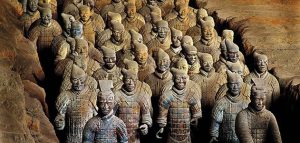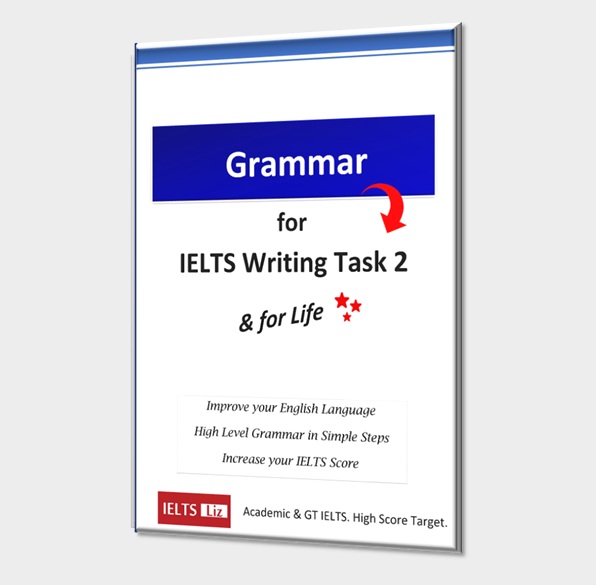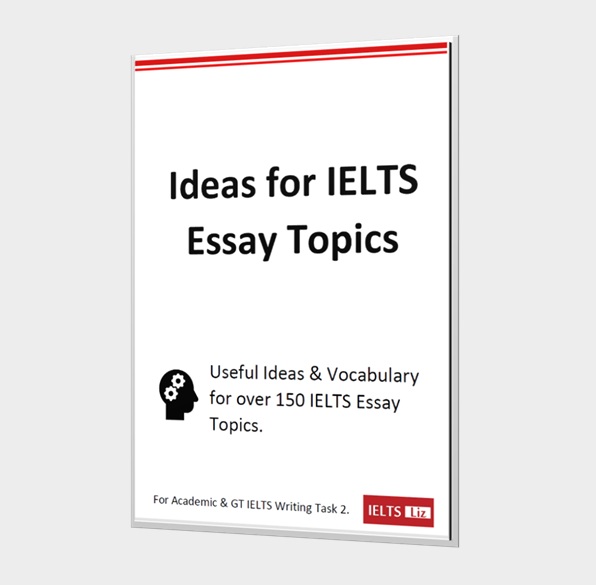A short listening exercise which focused on filling in the gaps in a passage. You need to read the passage first before listening the the recording. Make a note of key words in the passage and predict the types of answers that will come (nouns / verbs etc). This audio is on a cloud so you will need stable internet connection to stream it.
Tip: Answers will come in order of the question numbers. To keep your place in the recording and not get list, you need to focus on key words in the passage below and not get lost in the extra detail in the recording.
Post your answers below and I’ll post the answers tomorrow.
Listening: What is bitcoin?
Complete the summary using no more than two words and/or a number.
A new currency recently established is the bitcoin which allows (1) …………. transactions. It is not limited geographically and is not controlled by a (2) ………………………… The idea behind it is that money is any object or (3)……… which is accepted as payment. The benefits of bitcoins is that they can easily used online and transactions are (4)…………. but the downside is that they are (5)……………
Answers:
Click below to see the answers









